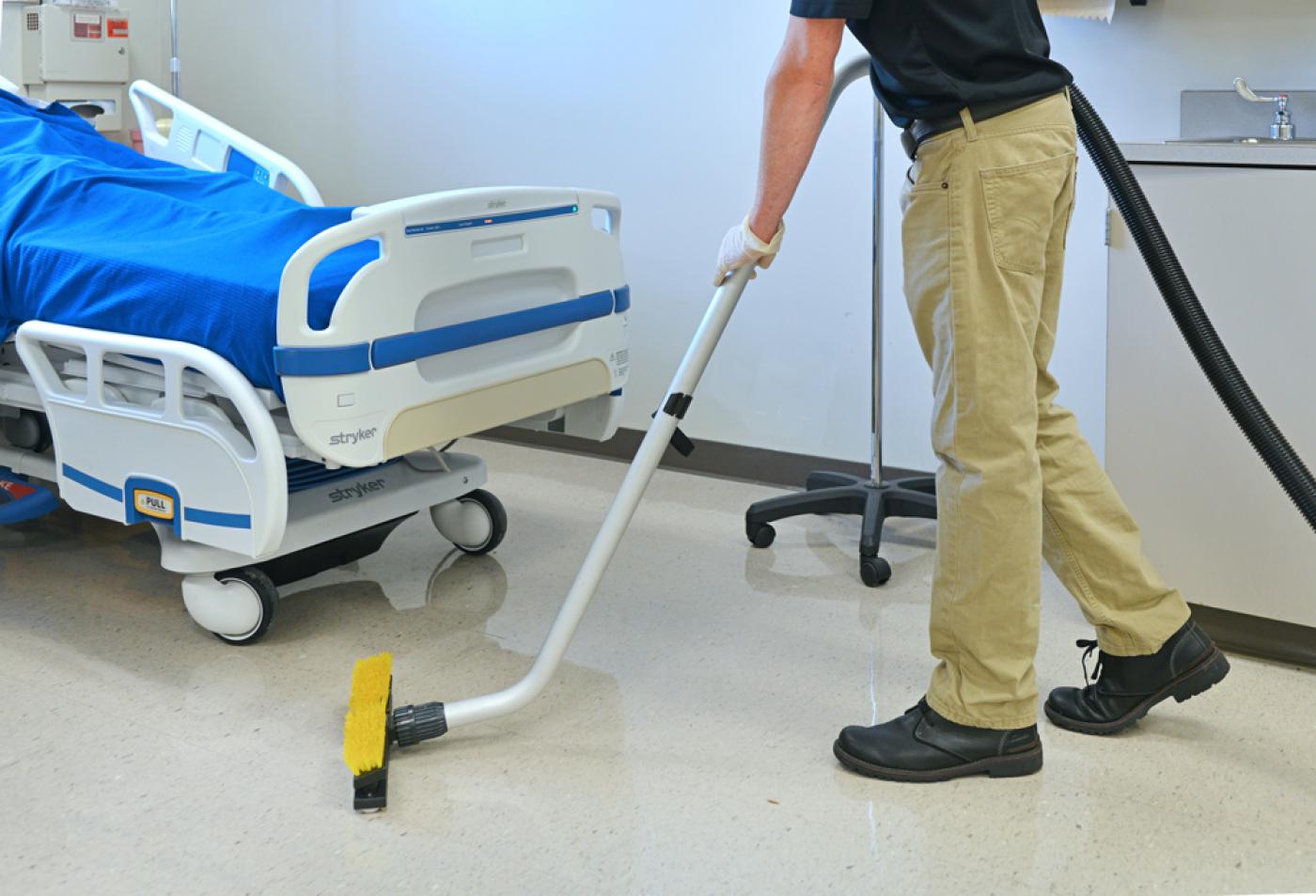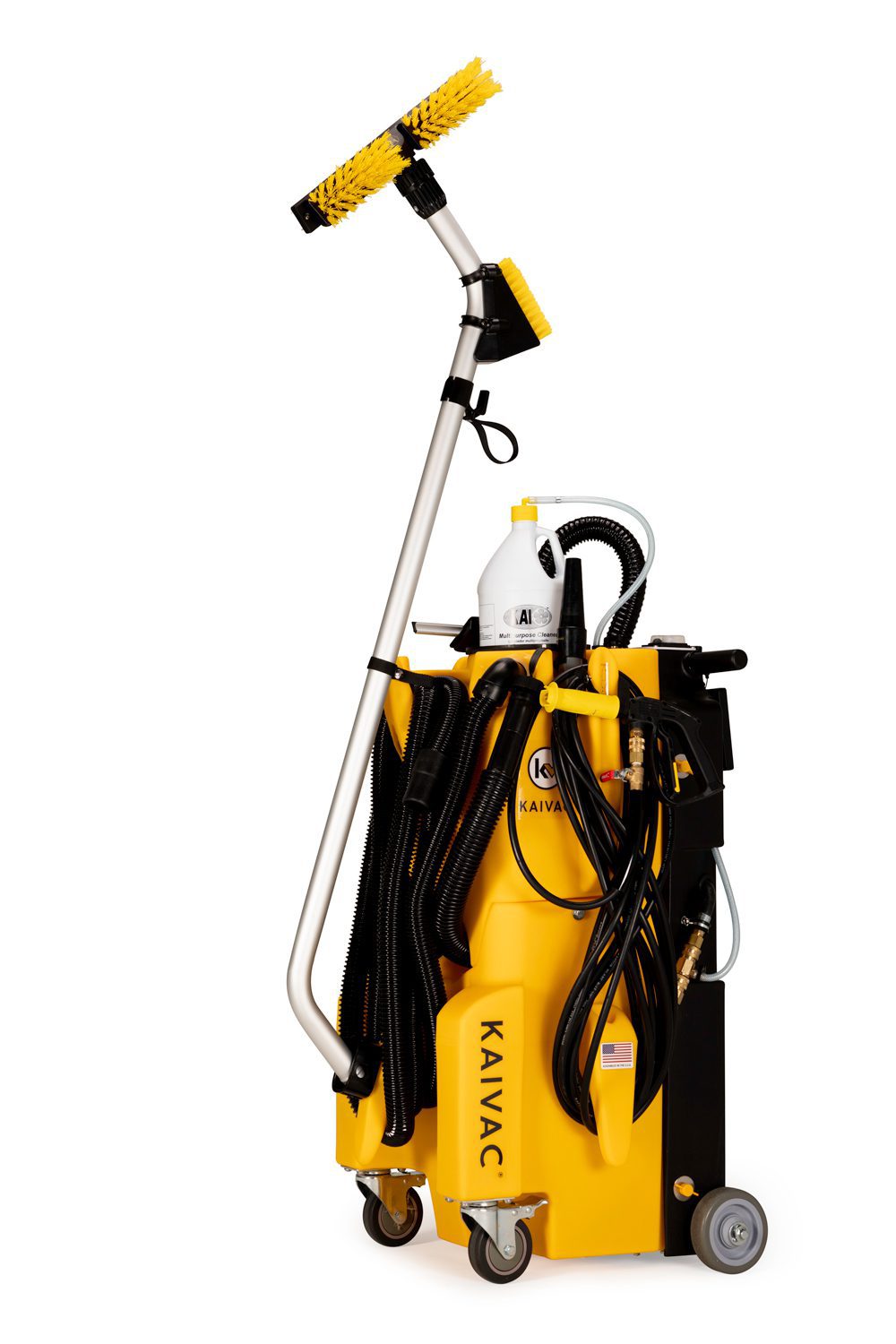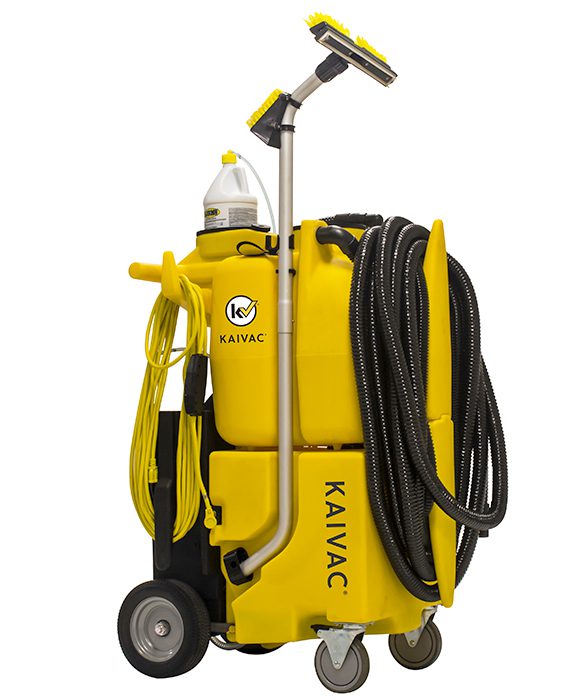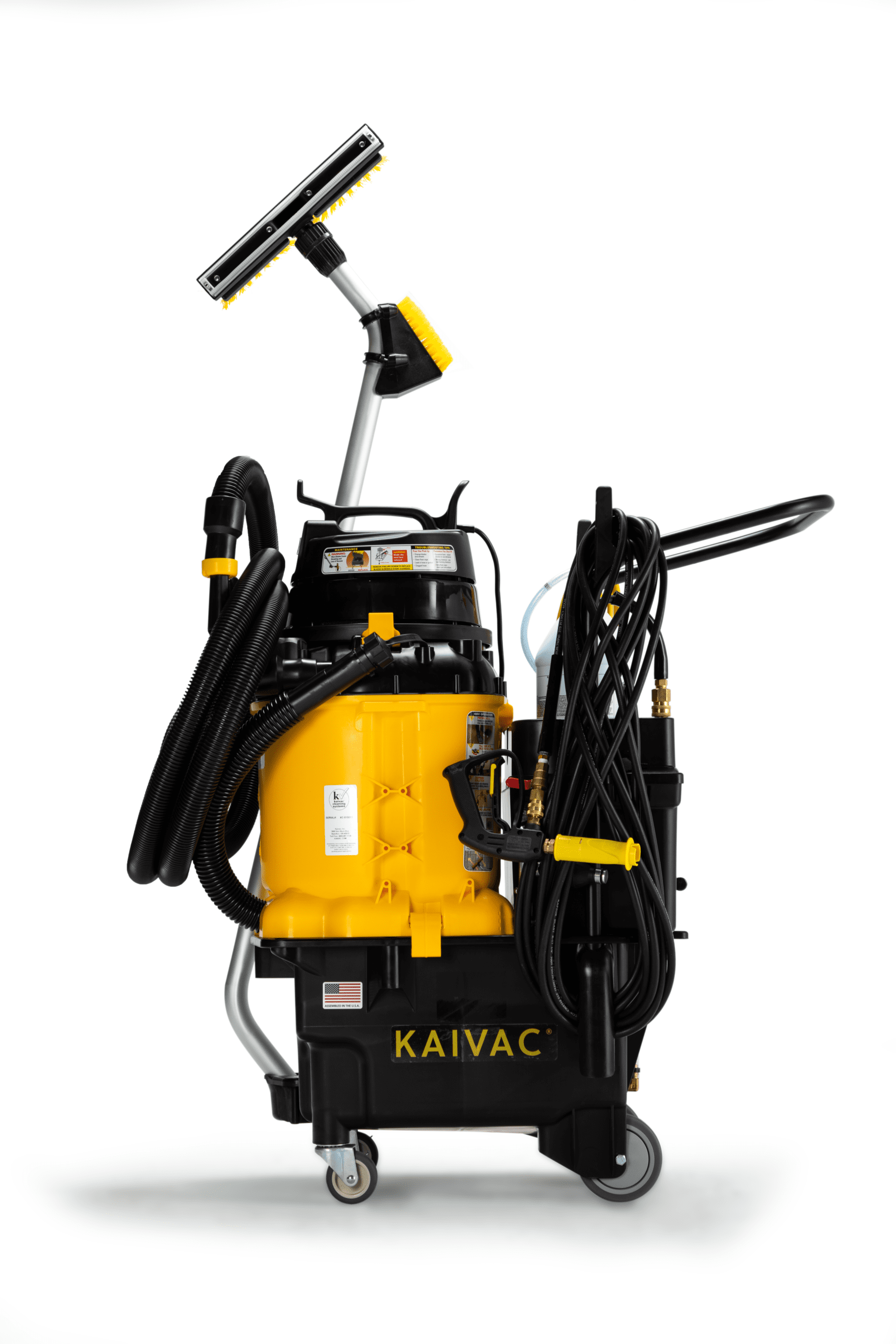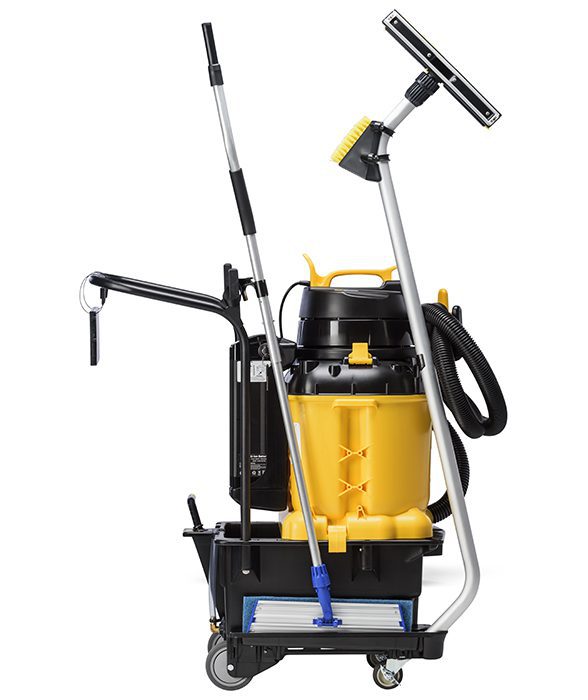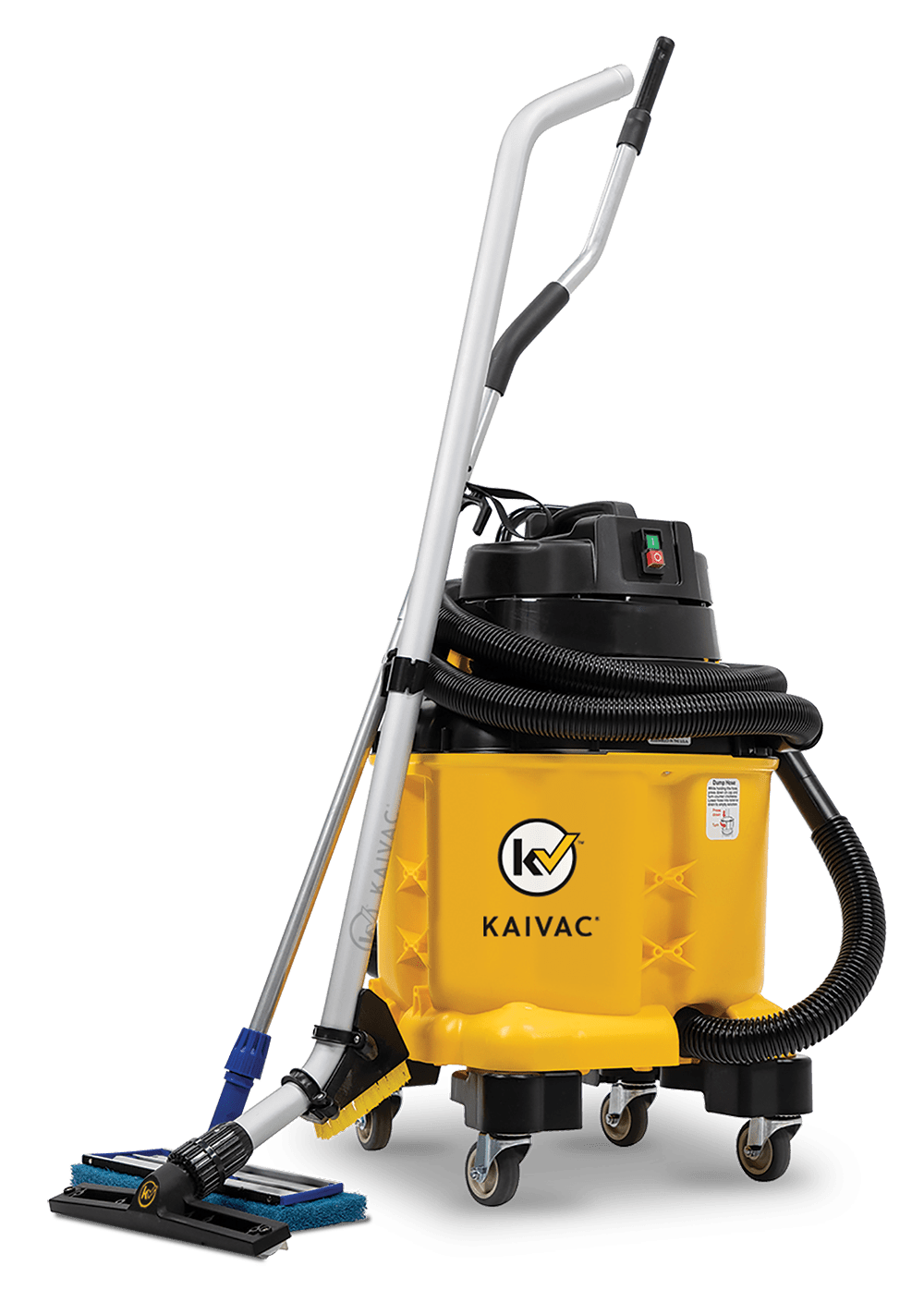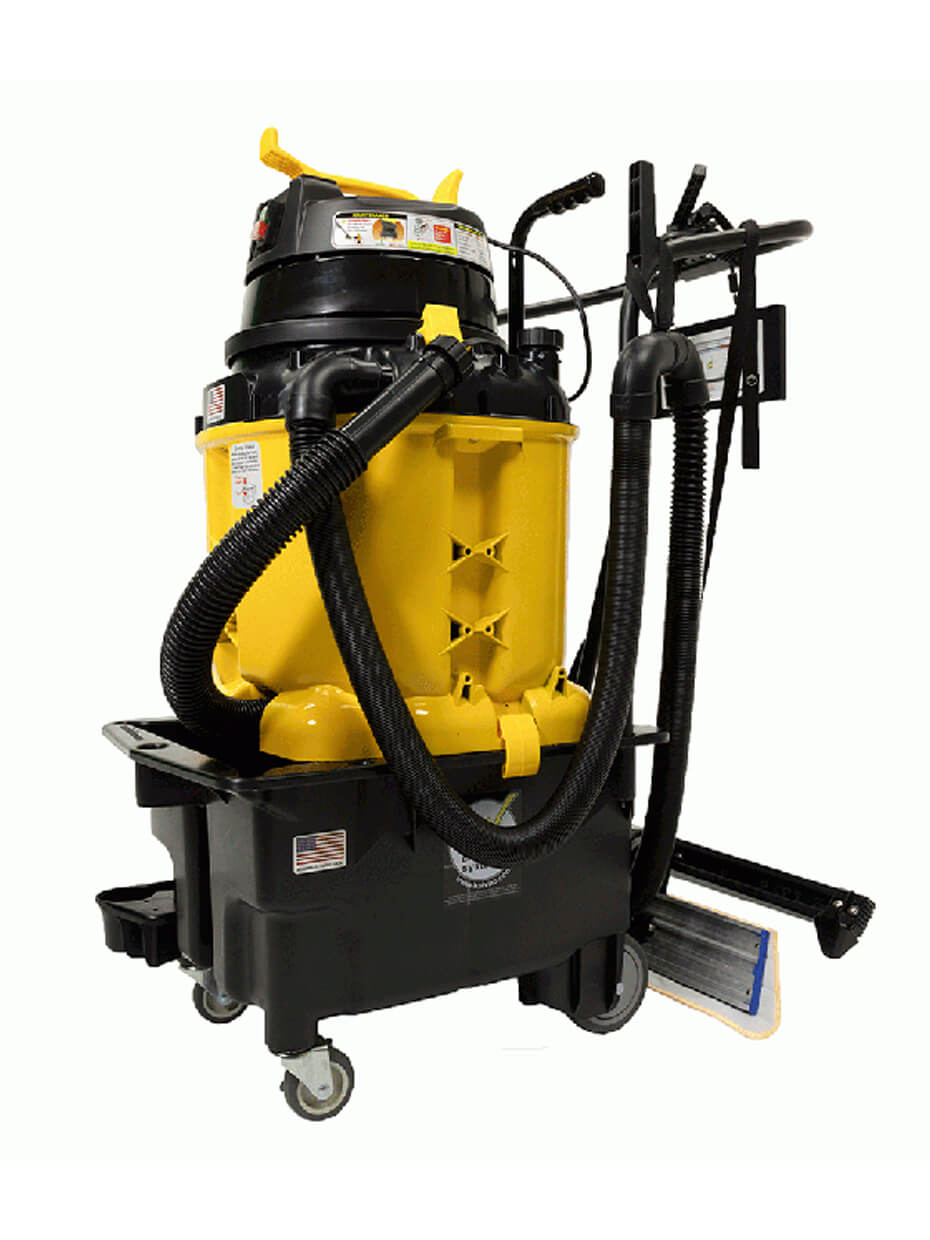Nursing home cleaning has always been the first line of defense for the health and well-being of residents and staff alike. Now, the emergence of Coronavirus COVID-19 makes those healthcare cleaning protocols more important than ever.
A unique living situation, nursing homes house seniors, who are, by definition, particularly susceptible to illness. The buildings also house people with serious chronic medical conditions and others recuperating from surgeries. Throw in crowded living arrangements, well-attended group activities, and a constant stream of visitors and health care providers and it’s easy to see how nursing homes and assisted living facilities can become hotspots for infection.
‘The grim reality is that for the elderly, COVID-19 is almost a perfect killing machine,’ said Mark Parkinson, president and chief executive at the American Health Care Association and National Center for Assisted Living recently on CNN. ‘In our facilities the average age is 84, and everyone has underlying medical conditions. So, when you combine those factors together, we are dealing with perhaps the greatest challenge that we ever have had.’
National emergency orders have temporarily stopped nursing home visits and discouraged group activities. Now, janitorial and maintenance staff can step up their cleaning and sanitizing protocols to help protect the immunocompromised.
Clean Nursing Homes: The Nose Knows
Cleaning nursing homes is challenging on a regular day, particularly when it comes to odor control. These facilities often smell ‘off’ for a variety of obvious reason; think medicinal ointments and strong cleaning chemicals mixed with smells from unavoidable physical conditions like the loss of bladder and bowel control.
But there are other, more surprising reasons nursing homes can smell bad.
Dehydration, for instance, plays a big part. Seniors are often dehydrated which makes their skin smell musty and concentrates their urine so even the smallest amount smells unusually and unpleasantly strong. Dehydration also makes people feel cold so windows stay closed, allowing smells to permeate soft furnishings like upholstery, drapes and carpet.
And then there’s Nonenal. This body odor component, often described as unpleasantly greasy or grassy, creates that tell-tale ‘old person smell.’ Even worse, Nonenal is not water soluble, so no amount of laundering or scrubbing will remove the smell.
Yet overwhelming and unpleasant odors guarantee a bad first impression with potential residents and family members. In fact, Medicare’s Nursing Home Checklist lists unpleasant odors as a red flag. If you’re thinking of masking the smell with strongly-perfumed air fresheners, think again. That approach fools no one but can irritate the airways of sensitive people.
The Front Line for Infection Control
Sure, controlling unpleasant odors is important for health and comfort, but preventing infections among an elderly, immunocompromised population is vital. To help prevent the spread of germs and illness, focus cleaning protocols on removing contaminated soils. That means cross-contamination, where the same cleaning tool or protective gear, is used more than once, must be avoided at all costs.
Unfortunately, many common cleaning tools like mops, buckets and towels, spread as many germs as they remove. Using and re-using the same gloves and other personal protective equipment as cleaners move to different rooms also presents a high risk.
The best way to combat cross-contamination is a combination of a well-trained staff armed with state-of-the-art cleaning equipment and tools. True, training staff takes time, effort and resources but the end result is a team of well-informed employee experts who take pride in improving their resident’s environment. And better tools increase the odds of a better cleaning job.
Guidance from the CDC on Cleaning Nursing Homes
With cleaning on everyone’s mind, the Center for Disease Control and Prevention put out guidelines on how to clean and disinfect a facility. The list includes:
- Wear disposable gloves
- Routinely clean frequently touched surfaces
- Disinfect surfaces with an EPA-registered disinfectant
- Follow manufacturer’s instructions for cleaning and disinfecting electronics
- Wear disposable gloves while doing laundry. Wash on the warmest setting.
They also stress routine cleaning of frequently touched surfaces. These touchpoints includ tables, doorknobs, light switches, countertops, handles, desks, phones, keyboards, toilets, faucets, sinks and more
Better Tools for a Better Clean
To avoid cross contamination, consider moving from mops and buckets to a no-touch cleaning system. Tools like these are built to remove soils, germs and dangerous pathogens completely from surfaces, leaving floors and restroom fixtures clean and dry.
Trade common rags for numbered towels that reveal a fresh, clean surface for every use. Use these on touchpoints like doorknobs, light switches and more.
Train cleaning staff to not re-use disposable gloves and encourage frequent handwashing.
While much is still unknown about Coronavirus COVID-19, experts agree that cleaning and disinfecting are now more important to public health than ever. Click here to learn more ways to keep nursing home residents and other immunocompromised populations safe.
